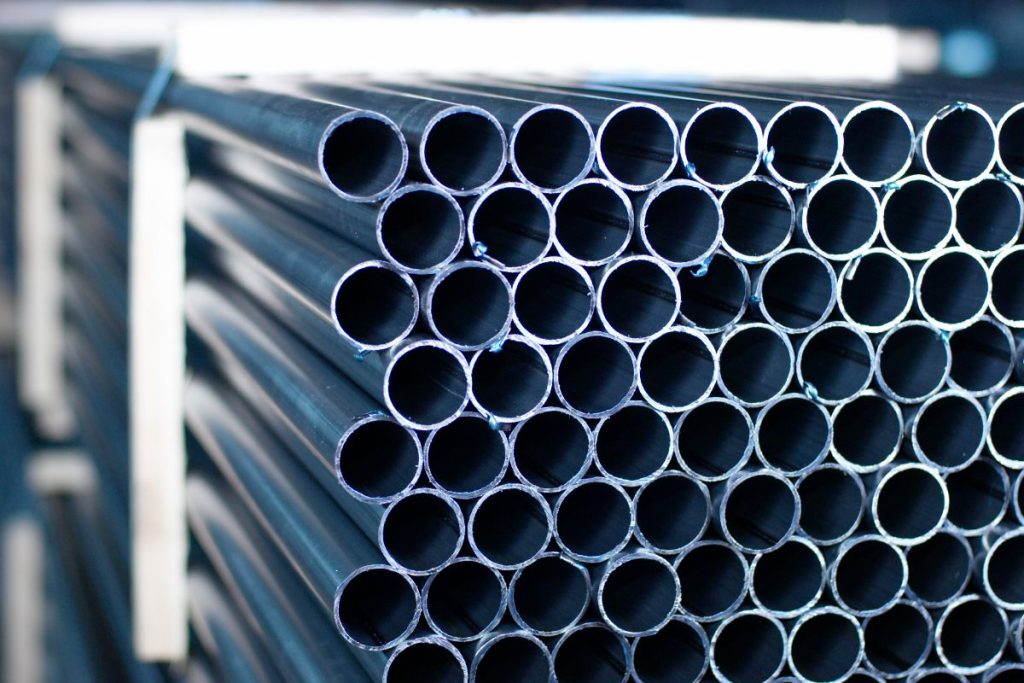How to Make Steel Tubings Last Longer?

How to make steel tubings last longer?
- Use protective coatings
- Inspect tubing regularly
- Keep dry and protected
- Try the Bluing Technique
- Ensure secure installation
- Use compatible materials
Overview
- Just like many steel products, steel tubings can last longer by applying protective coatings and the bluing technique. These strategies add a layer of protection against rusting.
- Maintain the dryness and avoid humidity of the steel tubing area through regular inspections.
- A secure installation of steel tubes by following the right steps and using the right materials makes steel tubings more durable.
- Combine metals wisely to avoid dissimilar metal corrosion.
Steel tubings are important to a diverse set of industries such as construction, manufacturing, transportation, and infrastructure. They are essential materials to add more strength to the structure, and they are versatile to use as railings, electrical conduits, and scaffolding.
Like most steel products, they are known for their durability and flexibility in creating structures that are easy to maintain, fire-resistant, and cost-effective among other things. Despite its advantages, steel tubings are still metal materials that are prone to corrosion.
In this article, we look into how to make steel tubings last longer, ensuring a safer and sturdier structure as the years pass.
Use Protective Coatings
Protective coatings such as metal primer and oil-based coating are the basic protection for steel against corrosion.
The metal primer has two purposes. First, it projects the product from oxygen which can lead to rusting. Second, it acts as a base layer for a smoother application of paint or other top coats. The applying a metal primer can be in the form of a spray, a brush, or a roller. Depending on your steel product, a second coat of primer is advised.
For metal, oil-based paints work best. It is not water-based and is more compatible to apply to a metal surface, unlike latex paint. Additionally, it adds more protection from rusting by protecting it from moisture.
Linseed oil is also one of the best oil protection for metal. A thin application of this oil can make sure that your steel tubings last longer.
Inspect Tubing Regularly

Steel tubings are materials used in many industries, and can be used to transport water, gasses, and liquid wastes. Inspection is a good method of staying on top of the quality of your steel tubings. A regular examination and evaluation of your steel products adds to the safety, reliability, and durability of your product to the overall structure of your project.
Whether it is checking signs of rusting, leaks, and cracks, inspecting the metal tubings aligned to their use is essential in ensuring its quality performance.
Keep Dry and Protected
Moisture in the air is a threat to metals including your steel tubings. It reacts to the iron in the metal which can lead to corrosion. Maintaining the temperature and humidity in the environment is an important factor in how to make steel tubings last longer.
Reducing humidity in the environment can be through updating your HVAC system, installing a dehumidifier, and providing a seamless airflow in the area.
Try the Bluing Technique
Bluing is a chemical process called the passivation process. This is often used for finishing metal products to protect them from corrosion. There are two types of bluing–the cold bluing and the hot bluing.
Cold bluing is an inexpensive process that is safer and environmentally friendly. This process is suitable for metals such as brass, steel, bronze, iron, copper, and zinc.
On the other hand, hot bluing requires putting the metal product in boiling water with more substances added to the liquid. This process is more technical than cold bluing and may require a professional.
Ensure Secure Installation

Apart from rusting, steel tubings can last longer through proper and secure installation. Quality steel tubings are only good if they are put into place with thought. This can be through inspecting the area where the steel tubes will be installed, following the proper steps, and assessing the right kind of steel tubes for the job.
Use Compatible Materials
Using compatible materials is important in making any product last longer. Working with steel tubings or steel in general, knowing metal combinations helps you ensure the durability of the product for its purpose in the building.
Metals such as stainless steel and aluminum are famous for corrode when they are put together. This corrosion is called dissimilar metal corrosion.
Fortunately, insulating dissimilar metals from each other can also help make the tubings last longer, apart from picking metal with the same corrosion potential.
Key Takeaway
Steel tubings are made of one of the most durable materials but they still need extra measures to make them last longer. Strategies such as using protective coating and regular inspection and maintenance are needed to preserve the quality and integrity of steel tubings.
Discover quality steel tubes with Metal Exponents, your trusted steel supplier in the Philippines. At Metal Exponents, we import the finest steel examined and assessed by expert engineers and architects. Contact us today and get durable steel from coils and pipes to plates and sheet piles right at your doorstep.


